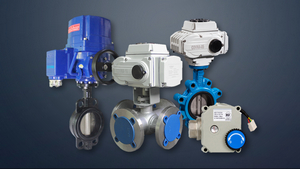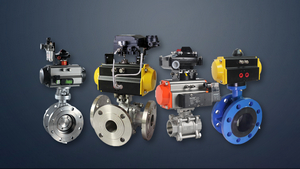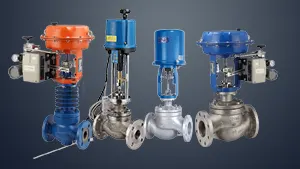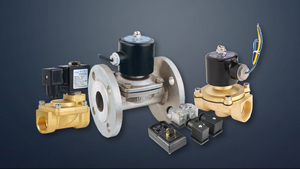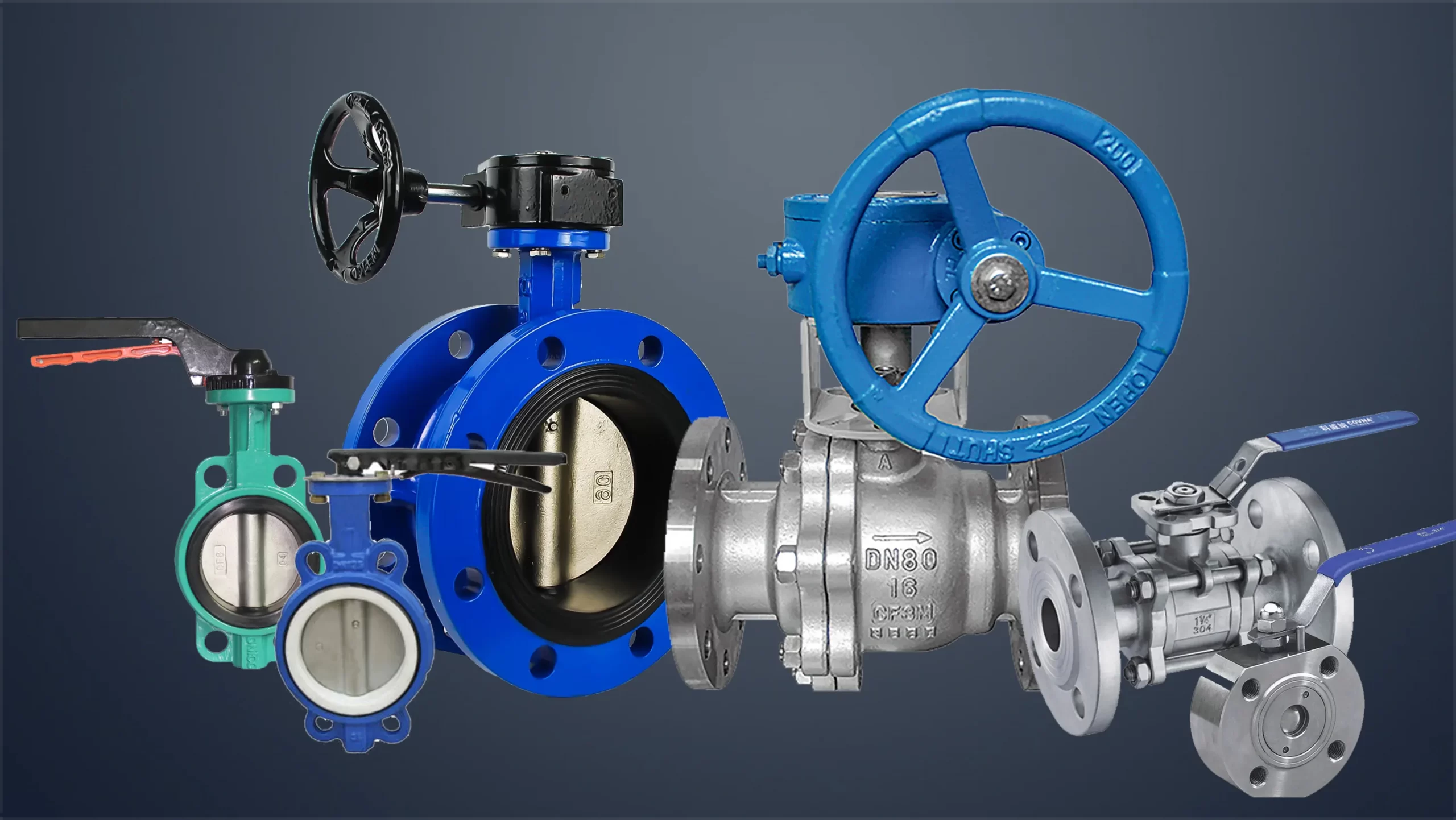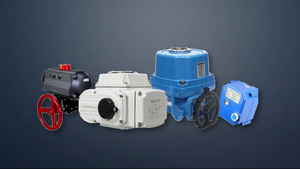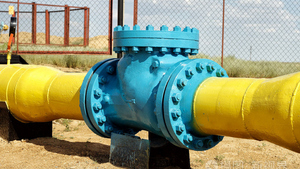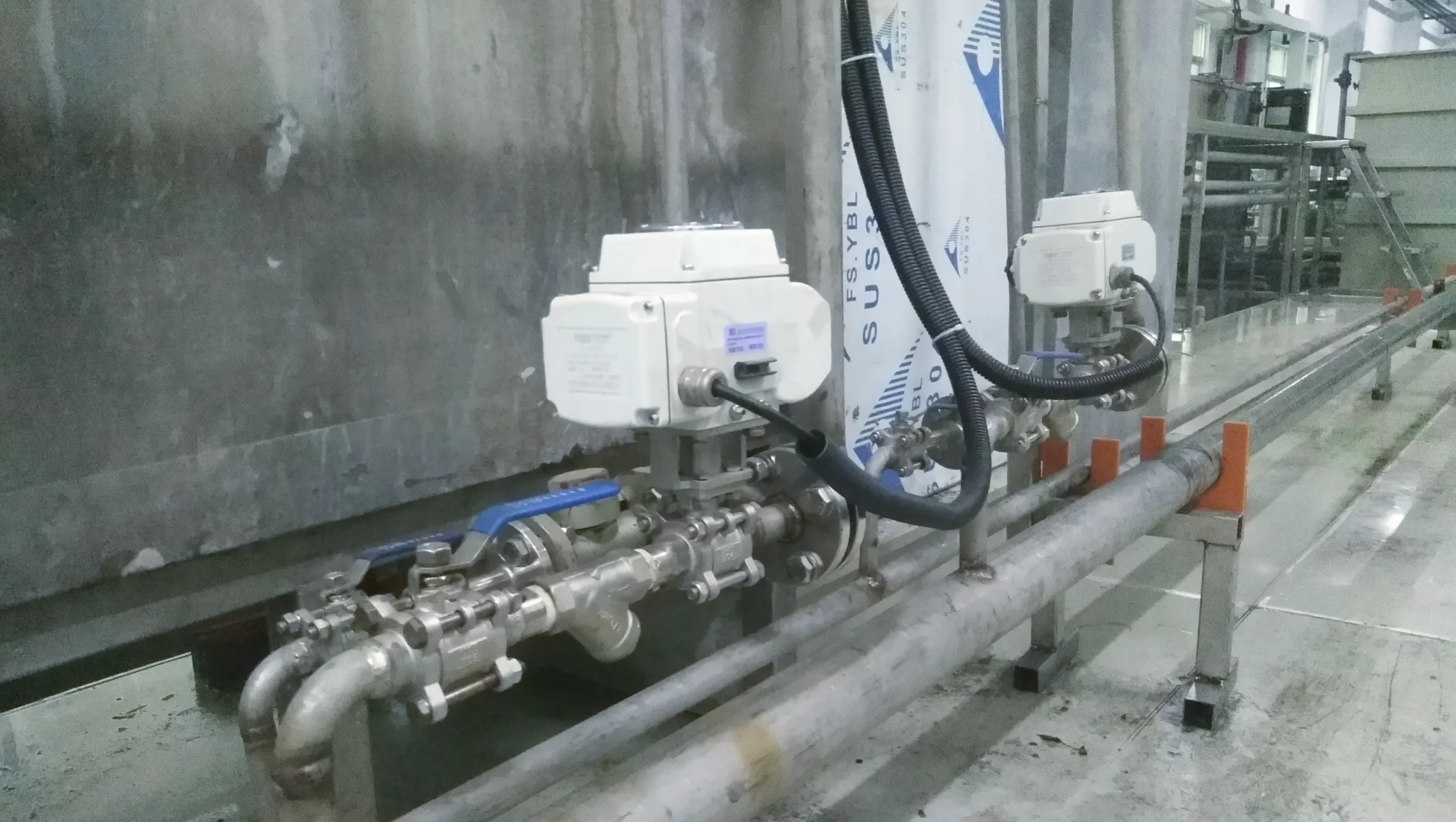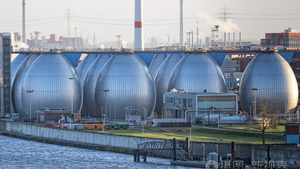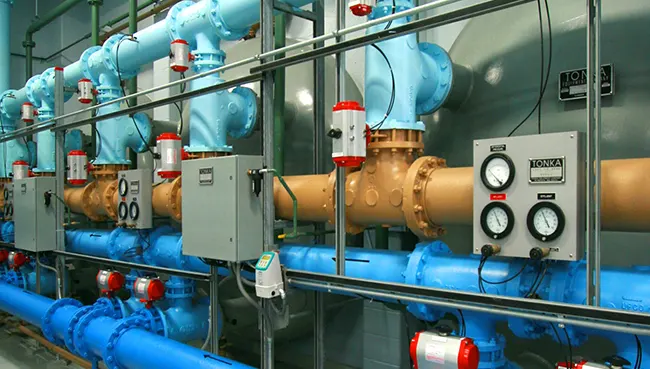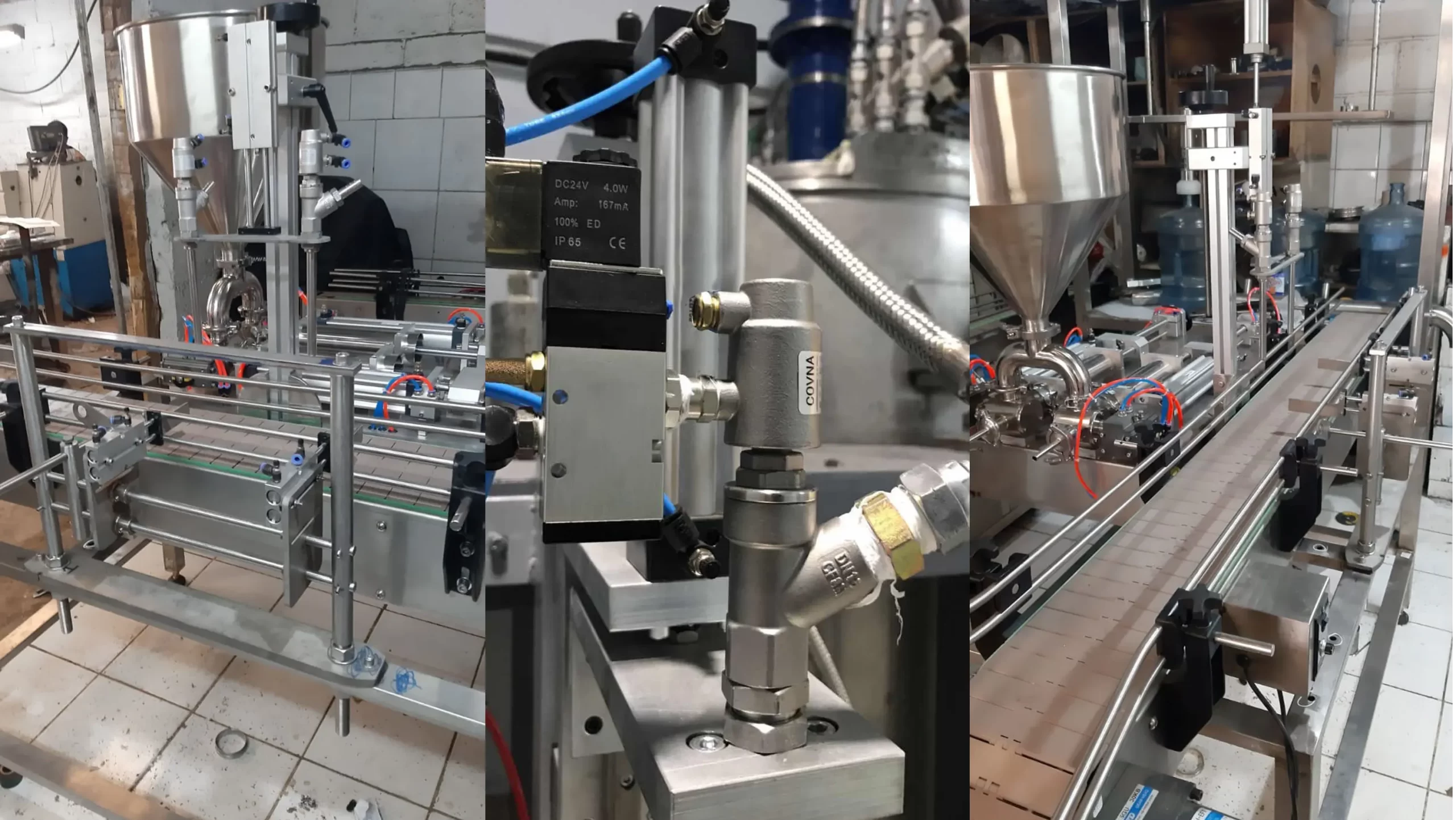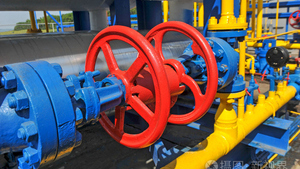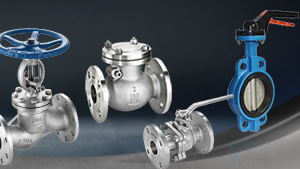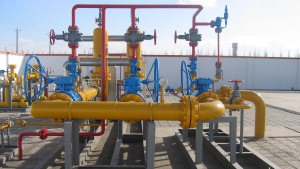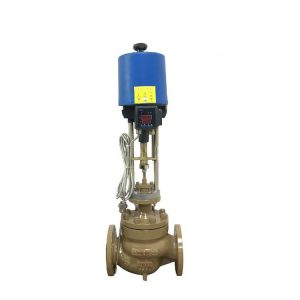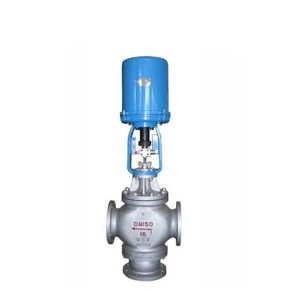In order to use electric control valves more efficiently, how to solve the jam of the electric control valve is a matter of importance! So there are two suggestions we’d like to offer to you:
1. Cleaning Method:
Welding slag, rust, slag, etc. in the pipeline cause blockage or jam in the throttle, guide part, and balance hole of the lower bonnet, causing strain and scratches on the valve core surface and guide surface, and indentation on the sealing surface, etc. This often occurs in the initial commissioning of new systems and after major repairs. This is the most common failure. In this case, it must be unloaded for cleaning to remove the slag. If the sealing surface is damaged, it should be ground; at the same time, the bottom plug should be opened to wash away the slag falling into the lower valve cover from the balance hole, and the pipeline Performs flushing. Before putting it into operation, let the fluorine-lined electric control valve be fully opened, and the medium will flow for a period of time before being brought into normal operation.
2. External Flushing Method
When ordinary valves are used to adjust some media that are easy to precipitate and contain solid particles, they are often blocked at the orifice and guide. The flushing gas and steam can be externally connected to the bottom plug of the lower valve cover. When the valve is blocked or stuck, open the external gas or steam valve to complete the flushing work without moving the fluorine-lined electric regulating valve, so that the valve can operate normally.
3. Install Pipe Filter Method:
For small-caliber fluorine-lined electric control valves, especially ultra-small flow fluorine-lined electric control valves, the throttle gap is extremely small, and there should be no slag in the medium. In case of blockage in this situation, it is best to install a filter on the pipe before the valve to ensure the smooth passage of the medium. For the fluorine-lined electric control valve with positioner, the positioner does not work normally, and the blockage of the air passage orifice is the most common fault. Therefore, when working with a positioner, the air source must be handled properly. The usual method is to install an air filter pressure reducing valve on the air source line before the positioner.
4. Increase the throttle gap method:
For example, the solid particles in the medium or the welding slag and rust that are washed away from the pipeline cause blockage, jamming, and other failures due to the failure of the orifice. You can switch to throttle with a large throttle gap—the throttle area is open. Valve cores and sleeves such as windows and openings, because their throttling area is concentrated rather than distributed on the circumference, the fault can be easily eliminated. If it is a single or double seat valve, the plunger valve core can be changed to a “V” shaped valve core or a sleeve valve. For example, a double-seat valve in a chemical plant is often stuck. It is recommended to switch to a sleeve valve, and the problem will be solved immediately.
5. Medium Flushing Method
Using the scouring energy of the medium itself, scouring and taking away the things that are easy to deposit and easy to block, thereby improving the anti-blocking function of the valve. The common methods are:
① change to flow-closed use;
② adopt streamlined valve body;
③ place the orifice in the most severely scoured place, using this method should pay attention to improving the erosion resistance of the throttle material.
6. Straight Through to Angle Method
The straight flow is inverted S flow, the flow path is complicated, and the upper and lower chambers have many dead zones, which provide a place for the precipitation of the medium. Angular connection, the medium is like flowing through a 90°C elbow, with good scouring performance, small dead zone, and easy to design streamlined. Therefore, the use of a straight-through fluorine-lined electric regulating valve can be changed to an angle valve when a slight blockage occurs.
--- END ---


